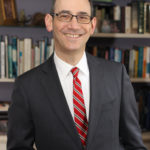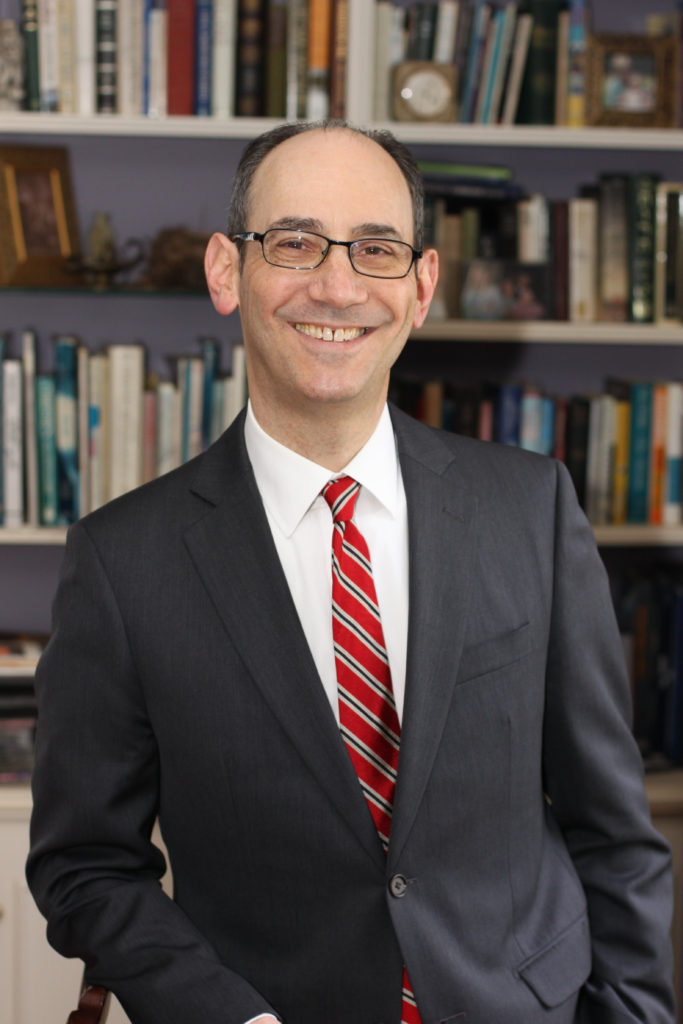
Each year, the Belmont Citzens Forum asks Select Board candidates questions about issues facing our town. This year, Adam Dash provided answers. He was limited to 1,200 words.
What steps would you take to ensure that the design and construction of the Belmont Community Path proceed efficiently?
Finally, after decades of Belmont residents waiting, the community path is being brought to reality. Parts 1A (the Alexander Avenue tunnel under the railroad tracks) and 1B (from Brighton Street to the Clark Street Bridge) are currently being designed. We need to make sure that the construction of Parts 1A and 1B gets funded and completed, and that Part 2, from the Clark Street Bridge to Waltham, gets designed and built.
While the project is going well, we cannot be passive. I will continue to work with state and town bodies to make sure the project maintains momentum and is completed efficiently. We need the community path to encourage bicycle and pedestrian travel, reduce our traffic congestion, lower carbon emissions, and create a healthy new recreational opportunity.
What steps should the town take to coordinate with surrounding municipalities to become more resilient to the effects of global warming?
Belmont is studying climate change as a regional matter, recognizing that our town cannot address this issue alone. I have attended forums at the State House and with Representative Katherine Clark to discuss climate change impacts, such as rising water levels and increased storm frequency, and I recently participated in Belmont’s own Municipal Vulnerability Preparedness program. I voted to support work on the Mystic River dam to make it more resilient to storm surges, and I supported Belmont’s efforts to eliminate illegal stormwater discharges. We will continue working with our neighbors to stay vigilant in this regard, as well as instituting our own measures, such as ensuring that we have redundancies in place.
What changes should the town adopt to use less energy?
The town is working to reduce energy use now through its program to replace all streetlights with LED lighting, by taking energy conservation into account in new building projects, by designing the community path to provide a car-free way to travel, and by numerous other initiatives. We also voted to use the old incinerator site for solar purposes and for energy battery storage.
It is important that the energy we use be renewable. In the last three years, Belmont Light has become a recognized state leader in purchasing clean energy, and it is aiming to make even more progress in this regard.
What do you think are a reasonable goal and timetable for reducing pollution in Belmont’s streams and ponds so they can support recreation like boating, swimming, and fishing?
Belmont has been working on this issue through its program of locating and eliminating illegal stormwater connections in its system and enforcing the stormwater bylaw regarding new construction, which Town Meeting passed a number of years ago. Capping the old incinerator site on Concord Avenue and using it for solar and battery storage purposes will also eliminate contaminated runoff from that location. While the Charles River is much cleaner than in the past, some waterways may be too contaminated for active recreational use after many years of abuse. That said, we will keep working to improve them.
In response to McLean’s proposal to rezone parts of its former campus for housing, school, and R&D use, what would you recommend?
McLean is back with a proposal to redevelop the part of its site that was rezoned for development two decades ago, but was never built on. The initial proposal was rightly rejected by our Planning Board for not having enough affordable housing and for not having the right amount of units overall, but the developers have returned with a new project that meets more of Belmont’s requests.
I support the goal of providing affordable units in Belmont, as well as senior housing, and bringing some of the McLean property onto our tax rolls. The Planning Board is holding meetings on the application, and Town Meeting will have to approve the proposed changes. I look forward to a robust public discussion about it.
Our state representatives are contemplating approaches like statewide zoning bills to cope with Boston-area housing shortage. What is a Belmont solution to housing?
I advocated and voted for the Housing Production Plan, which is Belmont’s roadmap toward providing more housing for all, whether for low-income residents, seniors, or veterans. As I noted before, the McLean project should be a big part of that. While we can do more, we also have to make sure that we do not overburden our school system or change the character of our town. Building affordable housing and senior housing is important, and we will continue working to provide more of both.
Our Transportation Advisory Committee wants to make Belmont traffic better for people who are not in cars by making Belmont less convenient for drivers. Do you support this?
I advocated for, and voted to create, the new Transportation Advisory Committee, which examines pedestrian and bicycle matters and not just automobiles. I have supported adopting our new Traffic Calming Policy, extending our Safe Routes to School efforts, obtaining Complete Streets funding from the state, improving our sidewalk policy, and adding a traffic signal at the intersection of Lexington and Sycamore.
There is no one magic solution to address Belmont’s traffic problems, but by building the community path, providing safe pedestrian and bicycle routes, and making changes to force cut-through traffic to slow down, we can improve the situation, which is a regional problem.
What effect will the new high school have on transportation and traffic, and how should Belmont cope with those changes?
The High School Traffic Working Group is studying this issue and finding ways to address it with the help of a consultant. We also had a town-wide traffic study conducted to identify and quantify the traffic patterns we face, as the high school is only part of a much larger, regionally driven issue. We need a multipronged solution to give people easier, safer ways to get around Belmont without a car.
What kind of Planning Board should Belmont have?
Belmont needs a hard-working, diverse Planning Board made up of people with professional expertise. I have made sure to appoint candidates like that, and the Planning Board is currently a good one. I was proud to see them reject the initial McLean proposal on the grounds that it did not have the right mix of unit sizes and lacked enough affordable housing.
It’s been 10 years since Belmont put together the 2010 Belmont Comprehensive Plan. Do we need another plan?
Funny you should ask this question because, yes, it is time for a new 10-year strategic plan, and Belmont is currently working to complete one by the end of 2020. The process is underway with input from multiple town committees and boards. I look forward to seeing the recommendations that emerge from it. Belmont Light is also undertaking a strategic plan.
Describe your vision for Belmont 20 years from now.
My goal is to avoid struggling along from override to override by addressing Belmont’s structural financial issues. That process is currently underway, led by the Financial Task Force II, which had help from a state grant that allowed us to bring in the Collins Center from UMass Boston and have them build a financial model for us. I also see a new library and skating rink to accompany the new high school and middle school, which serve as community centers for the town. We should also find a productive, vibrant use for the old Municipal Light Building site in Belmont Center once it is decommissioned.
Going beyond that, we need plans for our infrastructure, some of which may be fine now, but will require work in 20 years. By creating the new Long-Term Capital Planning Committee, we are getting started on that task now. I see a diverse and harmonious population dedicated to education, the environment, and each other, all living in housing that is within reach.



Sorry, the comment form is closed at this time.